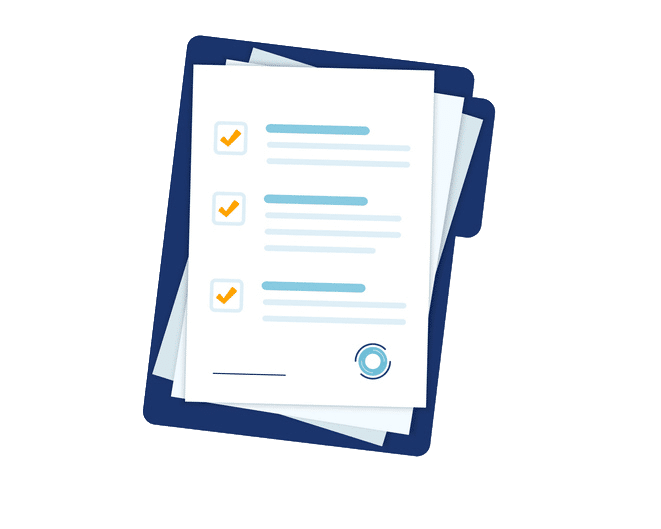What exactly are goals?
Goals must be measurable. Bottom line. They cannot be an abstract concept. Goals must be something concrete and measurable. They also need to be specific. If the goal is broad, it does not address the heart of the matter.
Goals must also be realistic and achievable. Goals are meant to be accomplished within a 1 year time frame, not 4 years down the road. If the goal can’t be achieved with that 1 year timeframe, then an achievable goal needs to be created.
On the other hand, if a goal is achieved within 3 months, that goal needs to be reevaluated. A small meeting should be required. It does not necessarily need to be the entire IEP team, but a smaller team of the person writing the goal, the case manager and yourself should go over the change and adopt the new goal.
